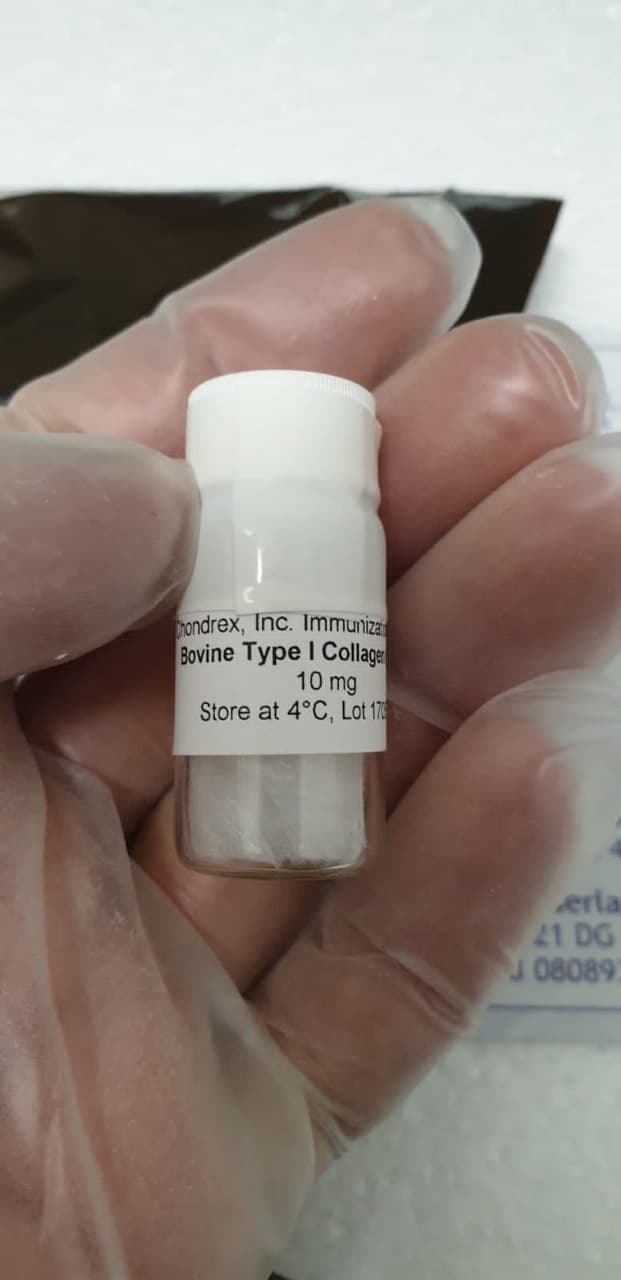Oxidative stress is related to quite a few illnesses, and markers of oxidative stress in organic materials have gotten a mainstay of each experimental and scientific/epidemiological analysis. Lipid peroxidation is a serious type of oxidative stress, however resulting from their speedy degradation and instability, lipid peroxides are notoriously tough to measure, significantly in organic specimens the place their manufacturing and removing are constantly occuring. Thus, a generally used surrogate marker of lipid peroxidation is protein adducts of 4-Hydroxynonenal (HNE), an α, β-unsaturated hydroxyalkenal (i.e., a reactive aldehyde) fashioned through degradation of oxidized polyunsaturated fatty acids (PUFAs).
HNE adducts will be measured through commercially-available immunosorbent assays, however these have their limitations resulting from extreme prices, and reproducibility amongst laboratories is difficult resulting from variability in assay sensitivity, process, and reagents. Here we current a reproducible, facile, and economically conservative protocol for quantifying HNE protein adducts. The key to this protocol is to generate HNE-adduct requirements by incubating bovine serum albumin (BSA) with HNE. These requirements are then adsorbed to immunsorbent plastic in a multi-well plate format alongside organic samples.
An enzyme-linked immunosorbent assay (ELISA) is then carried out on the multi-well plate utilizing commercially-available major and secondary antibodies, and a peroxide-based fluorescent growing reagent. This protocol is very delicate and provides benefits to business sources in that it permits for reproducible, high-throughput quantitation of HNE adducts in a lot of samples. As such, it might be helpful as a biomarker of power oxidative stress for experimental and scientific research.
Understanding the molecular mechanism governing the higher-order regulation of actin dynamics requires chemically-defined and quantitative assays. Recently, the membrane reworking giant GTPase, dynamin, has been recognized as a brand new actin cross-linking molecule. Dynamin regulates actin cytoskeleton via binding to, self-assembling round, and aligning them into actin bundles. Here we make the most of dynamin for example and current a easy protocol to investigate the actin bundling exercise in vitro. This protocol particulars the strategy for F-actin reconstitution in addition to quantitative and qualitative analyses for actin bundling exercise of dynamins. Measurement of the actin bundling exercise of different actin-binding proteins might also be utilized to this protocol with acceptable changes relying on the protein of curiosity.
Genetic identification of medicinally used Salacia species by nrDNA ITS sequences and a PCR-RFLP assay for authentication of Salacia-related well being meals
The roots and stems of a number of Salacia species have been used as conventional medicines, particularly in Ayurvedic medical system for the therapy of diabetes, rheumatism, gonorrhea, amenorrhea, pores and skin illnesses, and so forth. Due to reported proof supporting Salacia’s useful results in early-stage diabetes and different lifestyle-related illnesses, Salacia-based dietary dietary supplements and well being meals have been gaining reputation in Japan and different nations in current years. However, because of the morphological similarities between Salacia crops, significantly in the medicinally used elements (roots and stems), the authentication of the botanical identities of Salacia-derived merchandise is difficult. This research goals to develop a genetic strategy to authenticate the medicinally used Salacia species and to find out the botanical sources of the commercially obtainable Salacia-derived merchandise.
The sequences of nuclear DNA inside transcribed spacer (ITS) and chloroplast trnK-rps16 area had been decided and in contrast between 10 plant specimens from three medicinally used Salacia species in addition to 48 samples of business crude medicine. Moreover, a PCR-restriction fragment size polymorphism (RFLP) assay was developed for speedy identification primarily based on the ITS sequences. The plant specimens from the three medicinally used Salacia species confirmed three foremost kinds of sequences in each ITS (sorts I, II, III) and trnK-rps16 (i, ii, iii) areas.
Combined the sequences of ITS and trnK-rps16 areas, S. reticulata and S. oblonga had sort I-i and kind III-iii or comparable sequences, respectively. S. chinensis had sort II-ii or II(536M)-i sequences. Forty-eight samples of business crude medicine had been recognized primarily based on ITS and trnK-rps16 DNA barcode. A handy PCR-RFLP assay utilizing Cac8I restriction enzyme was established and utilized to determine the botanical sources of well being meals merchandise bought from on-line retailers. All the twelve samples had been recognized as S. chinensis.
The nrDNA ITS sequences offered helpful info to authenticate Salacia species and to elucidate the phylogenetic relationship inside the Salacia genus. Genetic identification outcomes revealed that S. chinensis and S. reticulate are the most important sources of commercially obtainable Salacia-products. Based on the ITS sequences, a handy PCR-RFLP assay was established for the identification of the medicinally used Salacia species in addition to their derived well being meals merchandise.
The Ring-Pull Assay for Mechanical Properties of Fibrous Soft Tissues – An Analysis of the Uniaxial Approximation and a Correction for Nonlinear Thick-Walled Tissues
The ring-pull check, the place a hoop of tissue is hooked through two pins and stretched, is a well-liked biomechanical check, particularly for small arteries. Although handy and dependable, the ring check produces inhomogeneous pressure, making willpower of fabric parameters non-trivial. To decide correction elements between ring-pull-estimated and true tissue properties. A finite-element mannequin of ring pulling was constructed for a pattern with nonlinear, anisotropic mechanical conduct typical of arteries. The pin power and pattern cross-section had been used to compute an obvious modulus at small and huge pressure, which had been in comparison with the desired properties. The ensuing corrections had been validated with experiments on porcine and ovine arteries.
[Linking template=”default” type=”products” search=”Alkaline Phosphatase Activity Fluorometric Assay Kit 500 assays” header=”2″ limit=”144″ start=”3″ showCatalogNumber=”true” showSize=”true” showSupplier=”true” showPrice=”true” showDescription=”true” showAdditionalInformation=”true” showImage=”true” showSchemaMarkup=”true” imageWidth=”” imageHeight=””]
The correction was additional utilized to experiments on mouse aortic rings to find out materials and failure properties. Calculating pressure primarily based on centerline stretch somewhat than inner-wall or outer-wall stretch afforded higher estimation of tissue properties. Additional correction elements had been developed primarily based on ring wall thickness H, centerline ring radius R c , and pin radius a. The corrected estimates for tissue properties had been in good settlement with uniaxial stretch experiments.


